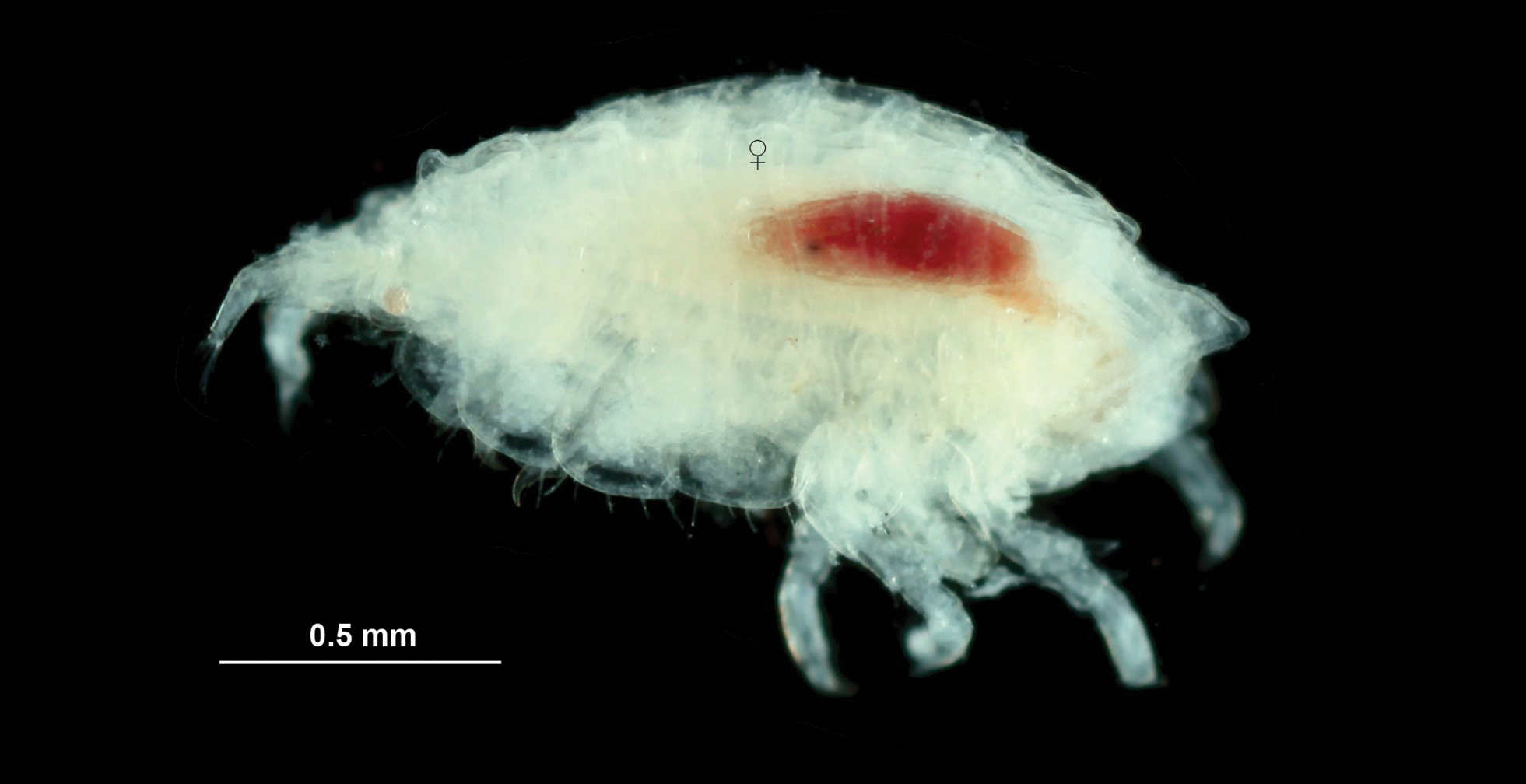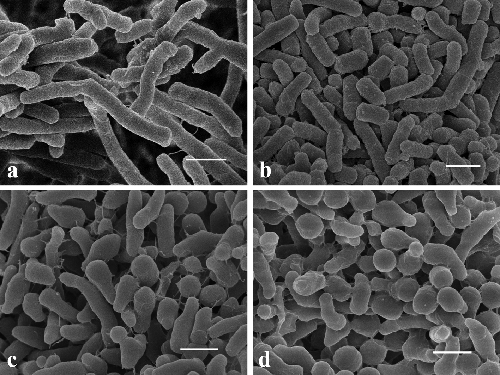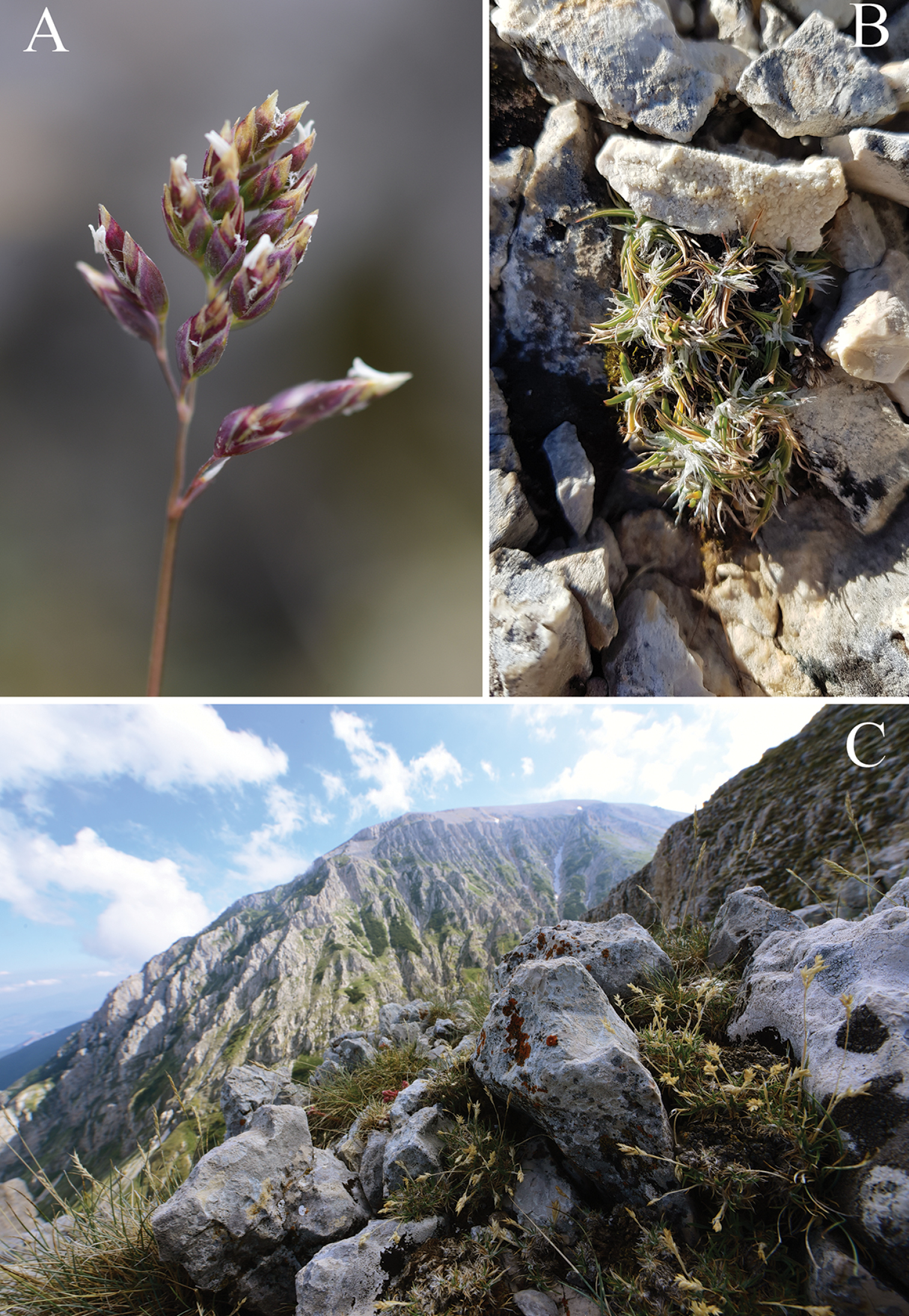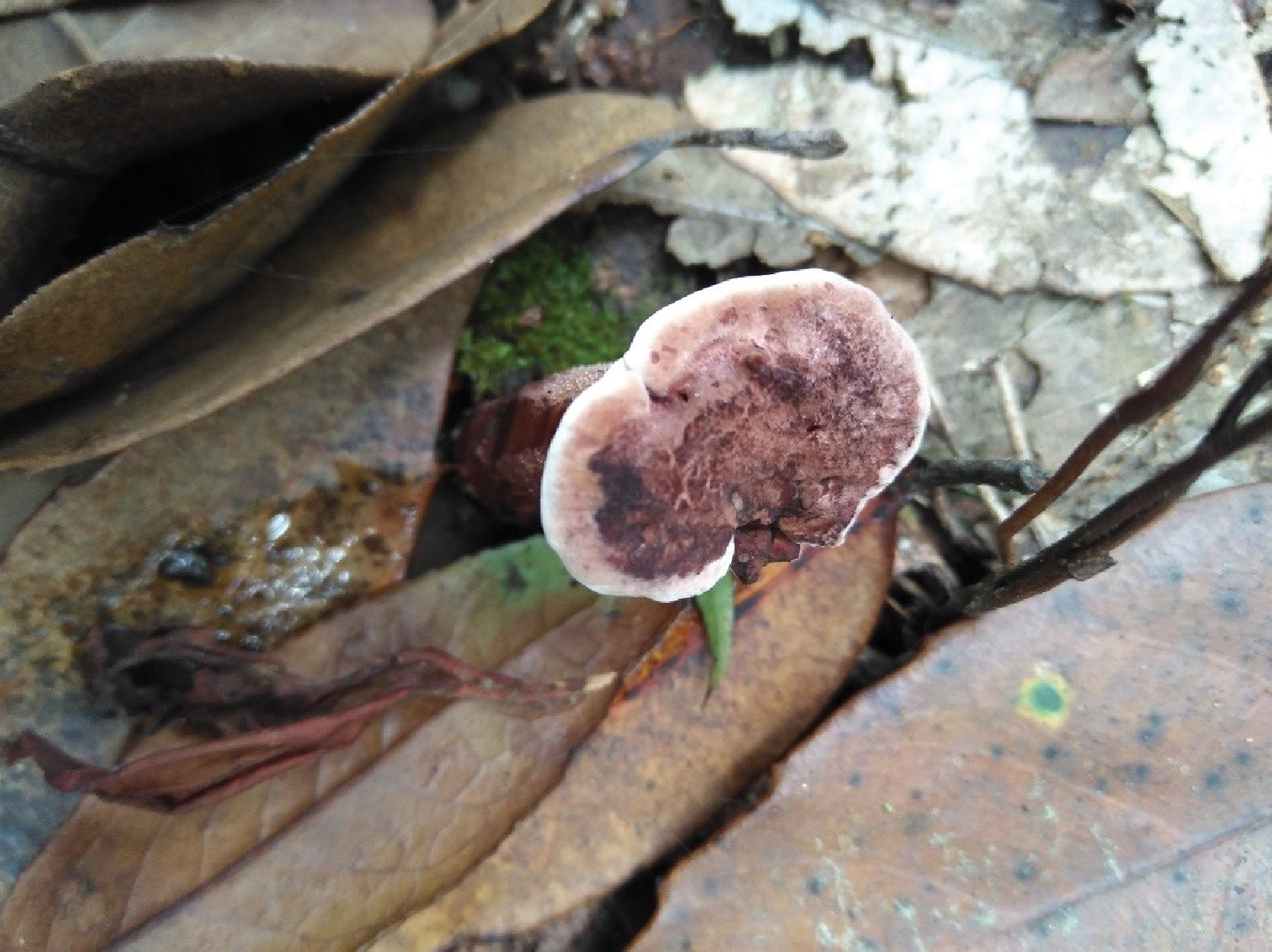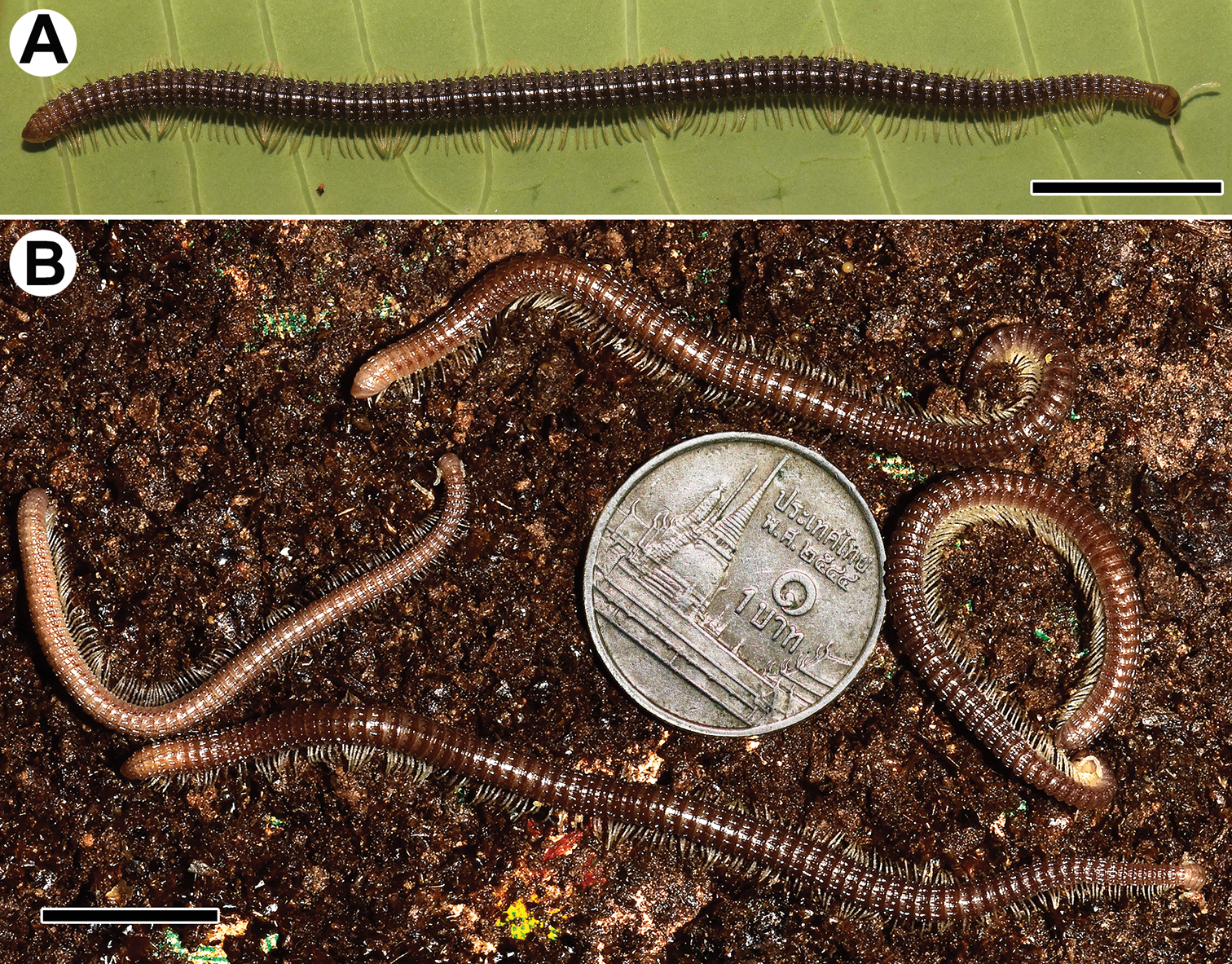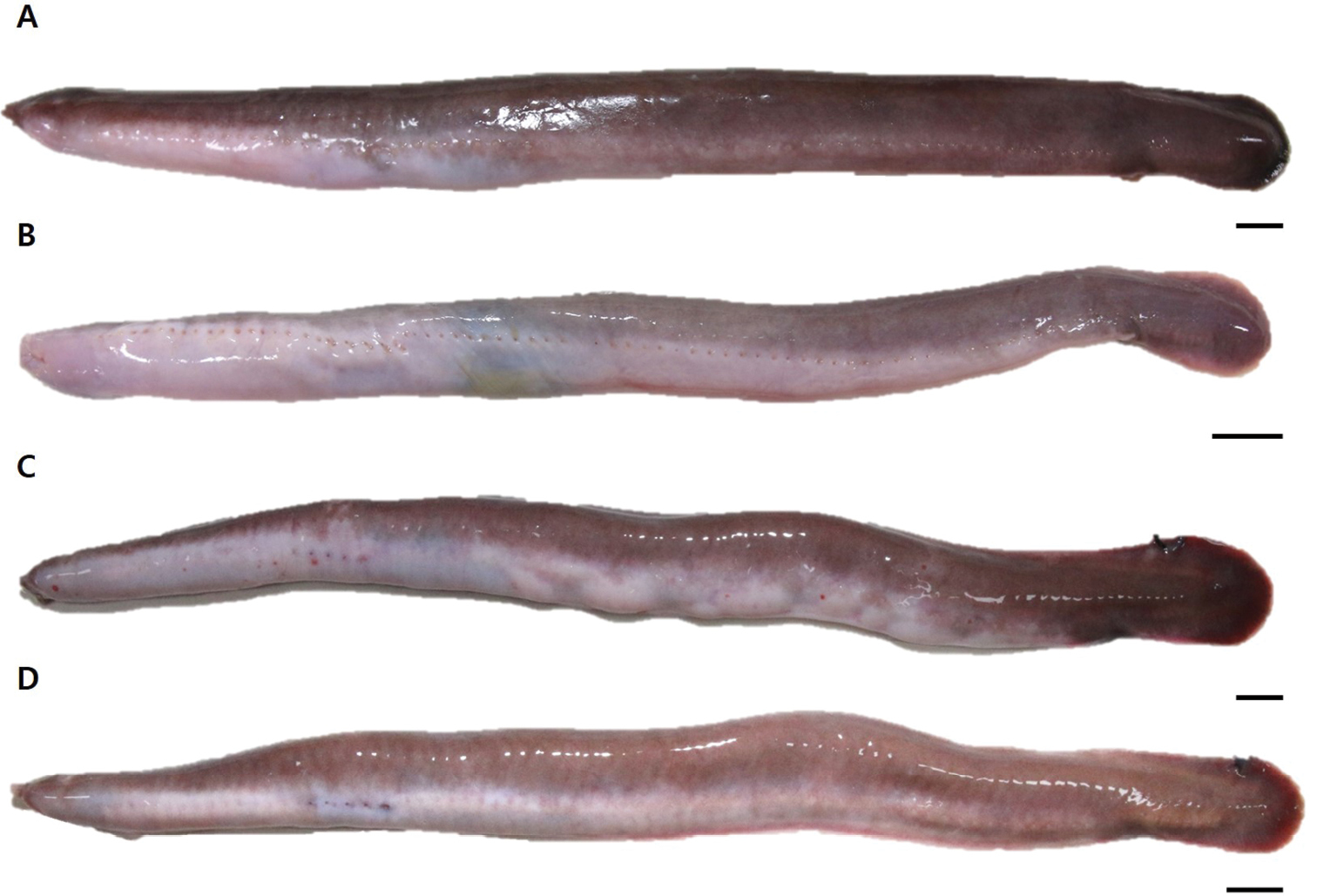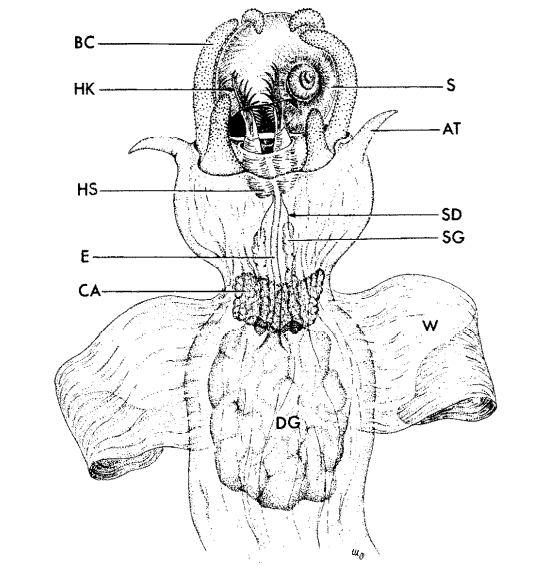by Piter Kehoma Boll
Here is a list of species described this month. It certainly does not include all described species. You can see the list of Journals used in the survey of new species here.
Bacteria
- 4 new actinobacteria: Corynebacterium silvaticum; Corynebacterium urogenitale; Gordonia crocea, Gordonia spumicola;
- 11 new bacteroids: Maribacter algarum; Hymenobacter setariae; Haloflavibacter putidus; Flavobacterium profundi; Flavobacterium supellecticarium; Mesohalobacter halotolerans; Cyclobacterium salsum, Cyclobacterium roseum; Candidatus Abditibacter vernus, Candidatus Abditibacter forsetii, Candidatus Abditibacter autumni;
- 1 new cyanobacterium: Nodosilinea svalbardensis;
- 2 new firmicutes: Amedibacterium intestinale; Gracilibacillus salitolerans;
- 1 new planctomycete: Gimesia chilikensis;
- 19 new proteobacteria: Nocardioides jishulii; Sphingomonas montanisoli; Sphingomonas suaedae; Glaesserella australis; Marinobacter salinexigens; Duganella albus, Duganella aquatilis, Duganella pernnla, Duganella levis; Sneathiella aquimaris; Aliarcobacter vitoriensis; Rhizobium ruizarguesonis; Acinetobacter chengduensis; Mesorhizobium rhizophilum; Glaciimonas soli; Pseudomonas atacamensis; Paraburkholderia agricolaris, Paraburkholderia hayleyella, Paraburkholderia bonniea;
Archaeans
- 1 new euryarchaote: Halocatena pleomorpha;
Hacrobes
- 1 new cryptophyte: Cryptomonas uralensis;
SARs
- 1 new ciliate: Uronychia clapsae;
- 1 new dinoflagellate: Karlodinium azanzae;
- 4 new ochrophytes: Fragilaria thornata, Nitzschia hantanense, Encyonema equalis; Diploneis mawsmaii;
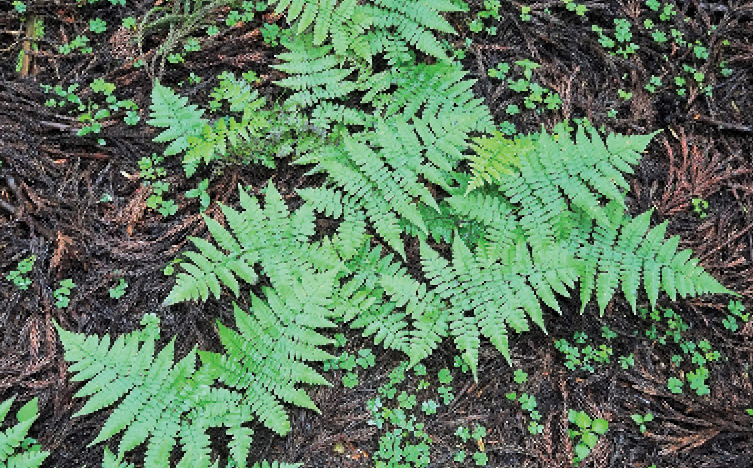
Plants
- 5 new chlorophytes: Protostichococcus edaphicus, Deuterostichococcus epilithicus, Deuterostichococcus lewinii, Tritostichococcus solitus, Tritostichococcus corticulus;
- 5 new charophytes: Cosmarium arcuatiporosum, Cosmarium logiensiforme, Cosmarium mandosii, Euastrum neogutwinskii, Euastrum dubioides;
- 1 new pteridophyte: Athyrium bipinnatum;
- 1 new gnetophyte: Gnetum chinense;
- 3 new magnoliids: Monoon kalimantanense; Isotrema hei; Piper lanyuense;
- 57 new monocots: Dendrobium yongjiaense; Dendrobium rubrostriatum; Bellevalia bayburtensis; Habenaria rangatensis; Angraecum baiderae; Trichoneura peruviana; Allium stamatiadae; Calamus barisanensis, C. brevissimus, C. brunneus, C. calciphilus, C. densifloropsis, C. disjunctus, C. divergens, C. exiguus, C. furvus, C. gaharuensis, C. goramensis, C. heteracanthopsis, C. hosensis, C. impressus, C. insolitus, C. insularis, C. johanis, C. kinabaluensis, C. kubahensis, C. latus, C. lengguanii, C. lobatus, C. notabilis, C. obiensis, C. oresbiopsis, C. oxleyoides, C. pahangensis, C. powlingii, C. saltuensis, C. seropakensis, C. spinosus, C. sulawesiensis, C. tambingensis, C. tapanensis, C. trigynus, C. vinaceus, C. viridis, C. wedaensis; Parahyparrhenia khannae; Iguanura sp.; Werauhia maculata; Dyckia oscari; Corybas circinatus; Neottia nyinyikyawii; Liparis sessilis; Gymnosiphon syceorosensis; Lepanthopsis undulata; Cranichis crenatifolia; Aspidistra babensis; Telipogon chachapoyensis;
- 63 new eudicots: Primula qiupuensis; Satureja kermanica; Ceropegia buraoensis, C. marronina, C. pseudorhynchantha; Valeriana nahuelbutae; Blakea ricardoi; Diplycosia puradyatmikai; Blephilia woffordii; Eugenia sphaerocarpa; Eugenia antilahimenae; Myrsine exquisitorum; Stellaria multipartita; Trixis salina; Chrysanthemum bizarre; Meriania juan-canoi; Pacifigeron indivisus; Minuartia alpuensi; Begonia pendens, Begonia satelloides; Begonia margaretiana; Chamaecrista barnebyana; Peponium elgonense; Zehneria monocarpa; Gentiana sasidharanii; Peucedanum pradeepianum; Phytolacca yunnanensis; Tecunumania stothertiae; Rhododendron pudingense; Eriobotrya laoshanica; Michaelmoelleria vietnamensis; Jasminum parceflorum; Heterostemma cucphuongense; Belemia cordata; Salacia malipoensis; Pertya huangii; Balanophora aphylla; Primulina zixingensis; Lasianthus thuyanae; Marsdenia thailandica, M. epedunculata; Saussurea yiwuensis; Thymus jalasianus; Limeum madagascariense; Astragalus shaerqinensis; Croton kinondoensis; Croton suassunae; Terminalia nildae; Microlicia capitata, M. coriacea, M. mutabilis, M. piranii, M. polychaeta, M. repanda, M. sparsifolia; Aspidosperma flaviflorum; Mandevilla manicorensis; Justicia rubrobracteata; Ruellia capotyra; Dicliptera gracilirama; Stenandrium diamantinense. Stenandrium eustachyum; Oocephalus efigeniae; Lychnophorella hindii, Lychnophorella saxicola;

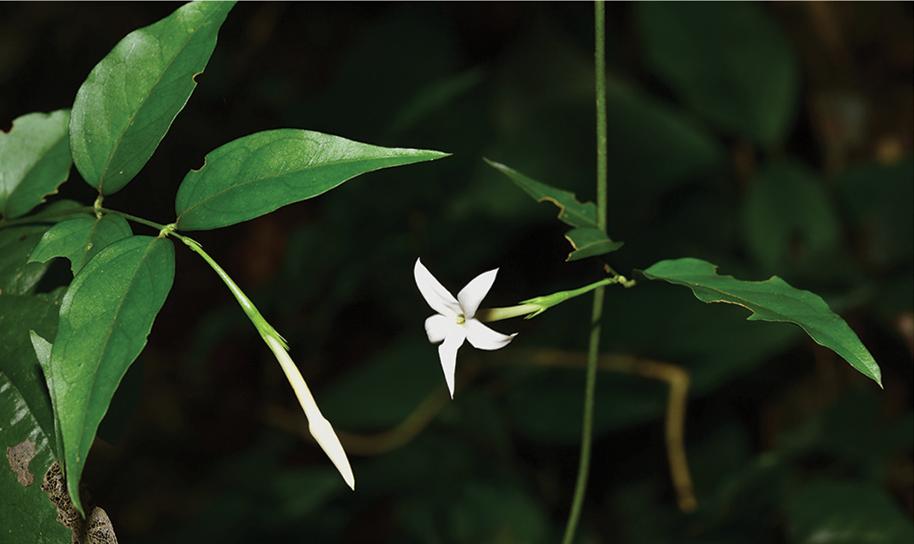
Amoebozoans
- 1 new myxomycete: Craterium subpurpurea;
Fungi
- 4 new zygomycetes: Mucor cheongyangensis; Absidia cornuta, Absidia pernambucoensis; Glotzia balkanensis;
- 28 new ascomycetes: Asterina gordoniae; Strigula. depressa, S. multiformis; Lecanicillium gracile; Coccomyces fanjingshanensis; Pseudodactylaria fusiformis; Lonicericola fuyuanensis; Amphisphaeria yunnanensis, Lepteutypa qujingensis; Diaporthe albosinensis, D. coryli, D. shaanxiensis; Gnomoniopsis chinensis; Troglomyces twitteri; Grosmannia tibetensis; Curvularia arcana, C. austriaca, C. canadensis, C. ellisii, C. pseudoclavata, C. pseudoellisii, C. pseudointermedia, C. pseudoprotuberata, C. siddiquii, C. tribuli; Batnamyces globulariicola; Sarocladium graminicola; Lasiodiplodia mitidjana;
- 17 new basidiomycetes: Urocystis piptatheri; Leucoagaricus callainitinctus; Phallus dongsun, P. lutescens; Tricholoma orienticolossus, T. orientifulvum; Zhuliangomyces pakistanicus; Retiboletus ater, R. sinogriseus; Teunia siamensis; Cryolevonia giraudoae,Camptobasidium gelus; Helicogloea aseptata, H. insularis; Blumenavia baturitensis, B. crucis-hellenicae, B. heroica;
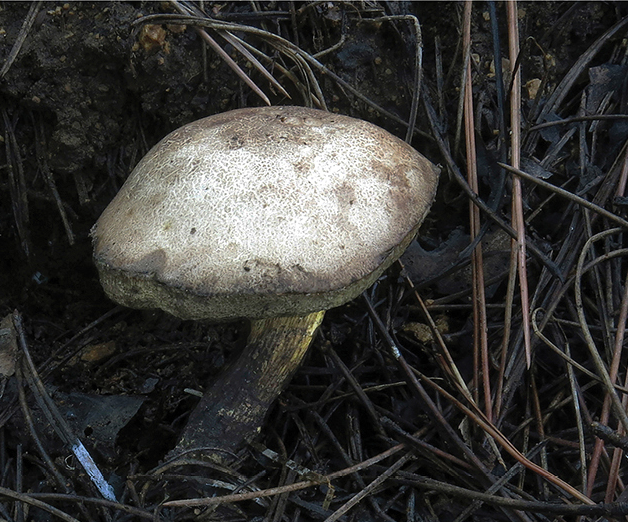
Poriferans
- 25 new demosponges: Abyssocladia escheri, A. annae, A. gliscofila, Asbestopluma (Asbestopluma) maxisigma, Cladorhiza australis, C. poritea, C. investigator, C. moniqueae, C. pentaeiros, Chondrocladia (Chondrocladia) freycinetensis, Ch. (Ch.) callistemonex, Ch. (Ch.) zygainadentonis, Lycopodina nikitawimandi, L. helios, L. cassida, L. brochidodroma, Euchelipluma claudochela; Haliclona (Flagellia) xenomorpha; Eurypon lacertus, Eurypon hookeri, Plocamione matarani; Dysidea tuapokere, D. teawanui; Chalinula qatari, Suberites luna;

Ctenophorans
- 1 new species: Vampyroctena delmarvensis;
Cnidarians
- 2 new anthozoans: Chironephthya sirindhornae, C. cornigera;
- 1 new hydrozoan: Zygophylax naomiae;
- 1 new scyphozoan: Chrysaora agulhensis;
- 1 new myxozoan: Thelohanellus magnacysta;
Rotifers
- 2 new bdelloids: Philodina clypeata, P. verrucosa;
Flatworms
- 2 new monogeneans: Paracaesicola nanshaensis; Ameloblastella martinae;
- 6 new trematodes: Piscianchitrema nilense; Otongatrema caenolestesi, Metadelphis cesartapiai; Parasaccocoelium armatum, Pseudohaplosplanchnus catbaensis; Prosthenhystera gattii;
Bryozoans
- 2 new species: Antropora gemarita, Microporella funbio;
Mollusks
- 6 new gastropods: Rifia yacoubii; Belgrandiellopsis chorfensis, Belgrandiellopsis secunda, Biserta putealis; Sinoarinia feii, Pincerna vallis; Phestilla viei;

Annelids
- 16 new polychaetes: Terebellides augeneri, T. congolana, T. fauveli, T. kirkegaardi, T. longiseta, T. nkossa, T. ramili; Chaetopterus dewysee; Peinaleopolynoe orphanae, Peinaleopolynoe elvisi, Peinaleopolynoe goffrediae, Peinaleopolynoe mineoi; Diopatra hannelorae, D. marinae, D. pectiniconicum, D. victoriae;
- 4 new clitellates: Amynthas catenatus, A. phuquocensis, A. poropapillatus; Hirudinaria thailandica;
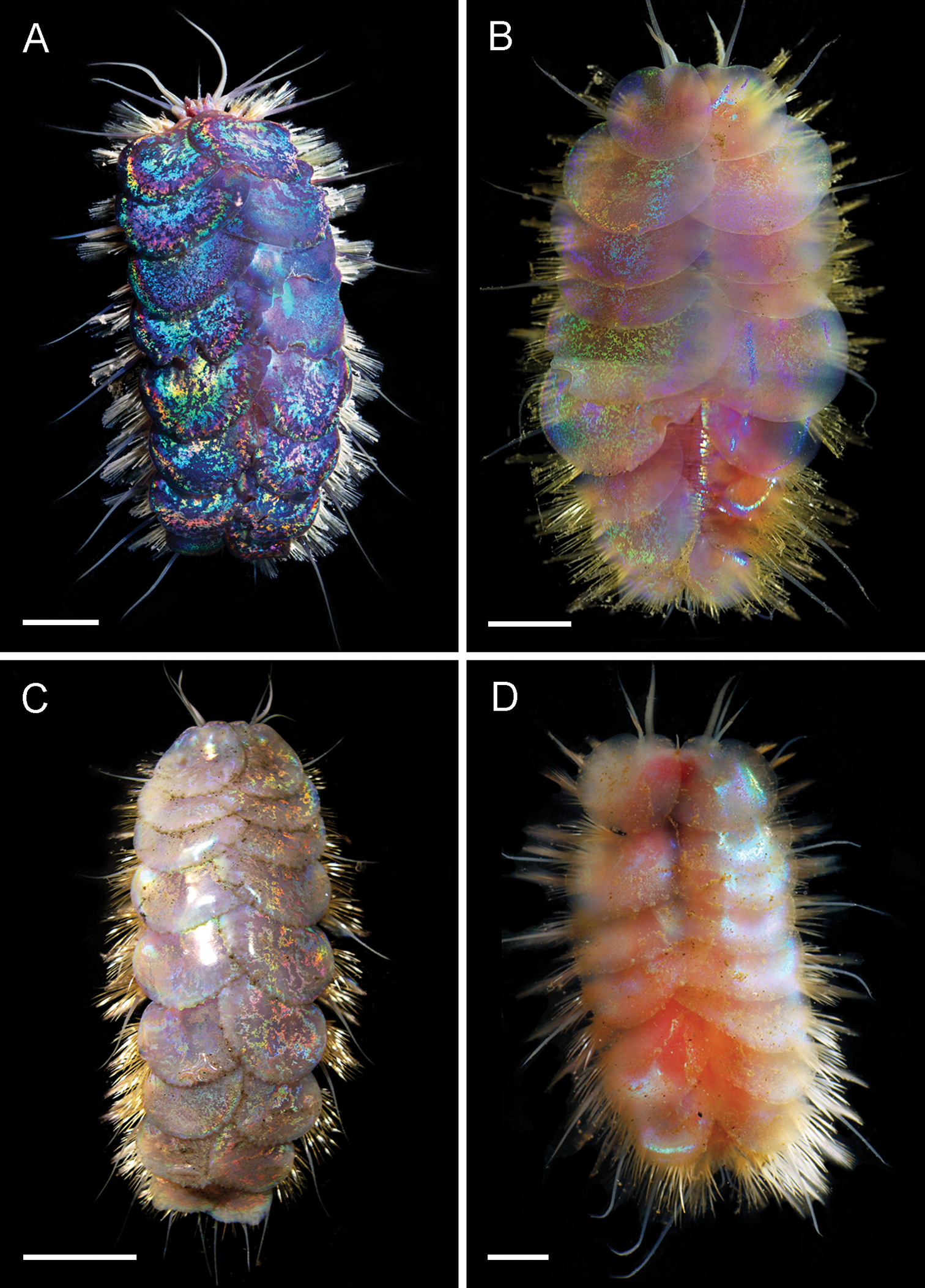
Nematodes
- 9 new chromadoreans: Microlaimus sergeevae; Aspidonema kashmirensis; Cucullanus variolae, Cucullanus acutospiculatus, Cucullanus diagrammae, Cucullanus parapercidis, Cucullanus petterae; Chromadorina tangaroa; Rhabdias kafunata;
- 1 new enoplean: Longidorus bordonensis;
Tardigrades
- 1 new species: Mesobiotus fiedleri;
Arachnids
- 19 new mites: Geolaelaps azul, G. cerrii; Protoribates tibetensis, Protoribates sichuanensis; Onchodellus masani; Torrenticola triextensio, T. songhuaensis, T. changbaiensis, T. acrisarostrum; Athyreacarus indicus, A. brevisetosus; Austrophthiracarus paralongisetosus, Austrophthiracarus bacilliformis; Otocepheus (Acrotocepheus) digitatus, O. (A.) multigranulatus, O. (A.) occultatus; Paralycus nortoni; Agistemus piquinnus; Caleremaeus nasutus, C. arboricolus;
- 1 new harvestman: Miopsalis dillyi;
- 1 new amblypygid: Heterophrynus javieri;
- 38 new spiders: Agraecina salsicola; Savarna bannang, S. chiangma, S. huahin, S. satun, S. thungsong; Tullgrenella nadjae, Tullgrenella brescoviti; Prosoponoides youyiensis; Yuelushannus alatus, Y. barbatus; Bistriopelma peyoi, B. kiwicha; Mekonglema bailang, Siamlema changhai, Sundalema bonjol, Zhuanlema peteri, Mekonglema kaorao, M. walayaku, M. yan, Pinelema daguaiwan, P. shiba, P. tham, Siamlema suea, Sundalema khaorakkiat; Tegenaria lazarovi; Theridion promiscuum; Tingotingo porotiti, T. pouaru, T. tokorera, T. aho, Whakamoke orongorongo, W. tarakina, W. guacamole, W. hunahuna, W. paoka, W. heru, W. rakiura;
Myriapods
- 1 new diplopod: Polyxenus lankaranensis;
Crustaceans
- 1 new copepod: Brachiella malayensis;
- 1 new ascothoracid: Sessilogoga captiva;
- 2 new amphipods: Magnovis elizabethae; Pereionotus tinggiensis;
- 1 new isopod: Pirinectes martinezi;
- 8 new decapods: Typton anaramosae; Triacanthoneus blanca; Austinixa cuestai, Austinixa artankeri, Austinixa roblesi; Salmoneus ikaros; Hendersonida parvirostris; Qianguimon yuzhouense;

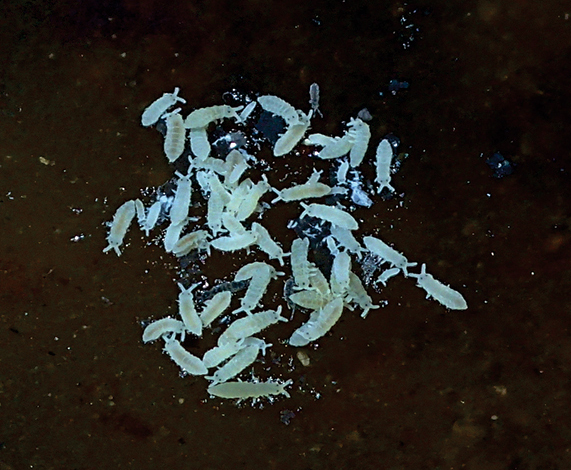
Hexapods
- 7 new collembolans: Pseudanurophorus barathrum, Parisotoma baicalica, Ephemerotoma buryatica, Folsomia mongolica; Acheroxenylla lipsae; Hemilobella matildae, Sphaeronura ameliae;
- 9 new odonates: Gynacantha vitiana, G. koroana, G. vanuatua; Bradinopyga konkanensis; Orthetrum andamanicum; Heteragrion itacolomii; Coeliccia lephuocdieui; Prodasineura lancastrei, P. kong;
- 3 new ephemeropterans: Indocloeon (Indocloeon) secundum, Indocloeon (Hindocloeon) continentale; Rivudiva inma;
- 32 new orthopterans: Alloteratura (Meconemopsis) kalabakanica, Alloteratura (M.) tuberculata, Alloteratura (M.) kevani, Leptoteratura (Rhinoteratura) kailingensis,Leptoteratura (R.) sakaii, Xiphidiopsis (X.) acuminata, Xiphidiopsis (X.) compressa, Xiphidiopsis (X.) gressitti, Xiphidiopsis (X.) inflata, Xiphidiopsis (X.) dichotoma, Xiphidiopsis (X.) bicarinata, Eoxizicus (E.) bihammeris, Eoxizicus (Axizicus) bifurcatus, Kuzicus (Neokuzicus) sarawakicus, Pseudoteratura (P.) tridenta, Pseudoteratura (P.) mittena, Macroteratura (Stenoteratura) twinsloba, Odonturisca karnyi, Grigoriora cryptocerca, Cononicephora acutilobata, Neocononicephora sinuosa, Neocononicephora fyanensis; Qionemobius hsterus; Xenicola brauni; Glaphyrosoma brevivaginalis , G. huasteca, G. paragracile, G. unumtympana; Acropsis solimoesensis, Acropsis julianae; Formosatettix leigongshanensis, F. wulongensis;
- 5 new plecopterans: Eucapnopsis yunnana; Sinoperlodes zhouchangfai; Hemacroneuria trilobata; Nemoura lixiana, Amphinemura jiaoheensis;
- 1 new psocopteran: Strigiphilus stenocephalus;
- 8 new thysanopterans: Stictothrips denaeus; Neurisothrips bidens, N. fran, N. janis, N. karl, N. robbiei, N. saki, N. tsuda;
- 61 new hemipterans: Alpagut masakazui; Enithares peninsularis, E. bosavi, E. papua, E. orsaki, E. insularis, E. tagula, E. ziwa, E. arfak, E. kasim; Agaveocoris bimaculatus, A. barrerai, A. dimidiatus, A. marginalis, A. roseus, A. rostratus,A. schaffneri, A. scutellatus, Laterospinocoris mexicanus, Nigrotomocoris keltoni, N. longirostris, Schaffnerocoris fuscotibialis, S. pallipes, S. similis; Kutara trispinosa; Olidiana pakistanica; Sibaria amazonica; Agoo luzdenia; Grammacephalus brevis; Empoascanara wengangensis, Thaia xiaguensis; Rihirbus kronganaensis; Fidicinoides ptychodiropeda, Guyalna capnopteryx, G. chrysinothrix, G. dyticamazona, G. spilonotophora, Carineta acommosis, C. bitorquata, C. castaneopercula, C. dicrophryxothrix, C. digitata, C. nigrafissura, C. quadrofastigiata, C. rumipataensis, C. tingomariaensis, C. tricuspis, Herrera castanetorquata, H. cephalodigramma, H. chanchamayoensis, H. dentata, H. moyabambaensis, H. nigropercula, H. polygramma, H. quadrimacula, H. viriventralis; Neobelocera biprocessa, N. russa; Coccidohystrix ihoujin; Anasa albicans, Sundarellus tiputinus; Andrewia bochkovi;
- 165 new coleopterans: Plumolepilius andersoni, P. antonioi, P. camuna, P. genieri, P. guaimacaensis, P. hectori, P. linaresi, P. maesi, P. molinai, P. monzoni, P. morronei, P. nelsoni, P. nicaraguensis, P. obrienorum, P. solisi, P. velizi, P. zarazagai; Sinodorcadion chinense, Sinodorcadion zenghuaae; Miobdelus humilis; Megalopinus puthzi; Propedicellus guoliangi, Propedicellus qiului; Morphostenophanes bannaensis, M. brevigaster, M. chongli, M. crassus, M. furvus, M. gaoligongensis, M. iridescens, M. lincangensis, M. linglong, M. metallicus, M. minor, M. planus, M. purpurascens, M. sinicus, M. yunnanus, M. curvitibialis, M. luoxiaoshanus; Pseudocriopsis abare; Macrodactylus eniocanoi, Macrodactylus escuintlaensis; Eupines (Byraxis) brevis, E. (B.) caesta, E. (B.) carinata, E. (B.) coalita, E. (B.) complector, E. (B.) dugdalei, E. (B.) gigas, E. (B.) graceae, E. (B.) huizhenae, E. (B.) hoarei, E. (B.) insolita, E. (B.) mayae, E. (B.) minuta, E. (B.) obtusa, E. (B.) ovalis, E. (B.) pannicula, E. (B.) petila, E. (B.) protibialis, E. (B.) whirinaki, E. (B.) waikaremoana, Eupines (Eupines) undecim, Eupines novem; Paragnia tiani; Malthodes morimotoi, M. okushimai; Pothea carpinteroi; Anaspis cooteri , A. curva, A. bertrami; Megarthrus cavianae, M. chiapas; Tychobythinus inopinatus; Stenichnodes cordicollis, S. spinosus, S. bouakensis; Sphaeromacrops yunnanensis; Anisopodus flavomarginatus, Leptocometes brevicornis; Protamaurops bulgaricus; Anisoderomorpha tamdaoensis, A. malayana; Hypogena akuma, Hypogena cryptica, Hypogena hirsuta, Hypogena reburra; Ceracis tzotzilicus; Sarmydus bagh; Lacon cyprius; Mycomystes nigriventris; Menudos illariosus, M. maricao M. toronegro; Suphisellus grossoi; Tibetyrus formicarius; Oxyporus (Oxyporus) mojiangius; Asproparthenis omeri; Dyscolus aquator, D. arauzae, D. arborarius, D. barragani, D. crespoae, D. danglesi, D. donosoi, D. eleonorae, D. famelicus, D. giselae, D. globoculus, D. gobbii, D. incommunis, D. marini, D. piscator, D. placitus, D. ravidus, D. rivinus, D. rugitarsis, D. ruizi, D. salazarae, D. silvestris, D. sulcipedis, D. verecundior, D. verecundissimus; Podonychus gyobu; Chasmogenus acuminatus, C. amplius, C. berbicensis, C. brownsbergensis, C. castaneus, C. clavijoi, C. cuspifer, C. flavomarginatus, C. gato, C. guianensis, C. ignotus, C. ligulatus, C. lineatus, C. pandus, C. schmits, C. sinnamarensis, C. tafelbergensis, C. undulatus; Cordielytrum peruvianum, Cordielytrum pulchrum; Sinocymbachus fanjingshanensis, S. longipennis, S. sinicus, S. wangyinjiei; Himalcercyon franzi; Oxyporus parvus; Hydaticus (Prodaticus) kourouensis; Corotoca hitchensi, C. pseudomelantho, Cavifronexus papaveroi; Borinken toronegro, Kiskeya segarrai, Kiskeya micheliorum; Cotycicuiara lingafelteri, Nesozineus morrisi, Trichoanoreina panamensis, Callisema skillmani, Rileyellus panamensis; Xalitla limoni;
- 1 new neuropteran: Chrysopa niki;
- 49 new hymenopterans: Caliroa aizankei, C. bibaiensis, C. ibukii, C. nire, C. ouensis; Minagenia lasallei; Telostholus, T. bifasciatus, T. clypeatus, T. malayensis, T. tomentosus; Phytodietus (Weisia) kasarani; Osmia (Hemiosmia) spinicoxa; Pseudognaptodon sinensis, P. curvinervis, P. bidoupensis, P. longi, Neognamptodon laticauda, Tamdaona brevizona, T. sculpturata; Nonnus barnesae, N. spurius; Ampulex nigripronota; Scrapter avontuurensis, S. bokkeveldensis, S. fynbosensis, S. hergi, S. keiskiensis, S. mellonholgeri, S. nitens, S. oubergensis, S. willemstrydomi; Myiocephalus cracentis; Hymenoepimecis andina, H. castilloi, H. dolichocarinata, H. ecuatoriana, H. longilobus, H. pucallpina, H. rafaelmartinezi; Macrophya lishuii; Pristaulacus nilgira, P. singara, P. luteus; Laibalea enigmatica; Anteon elianeae, Gonatopus josei, G. meloi, G. pinhalensis, G. taquarensis;
- 31 new dipterans: Rheocricotopus (Psilocricotopus) kongi; Simulium (Nevermannia) karavalliense; Noeetomima hongshanensis, N. lijiangensis, N. liui, N. trisurstyla, N. zhangae; Pherbellia jalili; Mansonia uniformis; Epicnemis linguiformis; Ogcodes kunkunche; Myopa nebulosa, Myopa bozinovici; Paragus longipilus, Paragus megacercus; Pentaneura herbeti; Dasyhelea (Dasyhelea) multiforamina., D. (Sebessia) bulbosa, D. (Pseudoculicoides) aprojecta; Minettia (Minettiella) dashahensis, M. (Minettiella) longispina, M. (Minettiella) membranacea, M. (Minettiella) zhaotongensis; Sinogodavaria multiformis, S. tenebrosa; Merodon kozufensis, M. olympius; Macronychia (Moschusa ) rubesca; Carexomyza lonsdalei sp.n., C. marshalli, C. browni;
- 3 new trichopterans: Smicridea (Smicridea ) mocidade, Smicridea (Smicridea ) santosi, Smicridea (Smicridea ) tepequensis;
- 37 new lepidopterans: Lemyra persephone; Exilisia ngai, Exilisia smithi; Barsaurea ketiga; Sarcinodes hainana; Lophocampa occidentalis, Lophocampa perezgelaberti, Lophocampa desotoi, Lophocampa sharki, Lophocampa flavoabdominalis; Miltochrista konta, M. adelfika, M. stenovalva, M. lavides; Symmachia atlantica, S. uirassu; Theretra makhrovi; Aethalopteryx spurrelli, A. schoorli; Cyana pseudojavanica; Calyciphora korbi; Teuloma bajawica; Alucita bakweri, Alucita jana, Alucita bakingili, Alucita tatjana, Alucita zuza, Alucita deja, Alucita bokwango; Rhodostrophia crypta; Mondeguina atlanticella; Nemapogon helveticola; Dichrorampha caribe; Colonanthes korytkowski; Frumenta davidi, Frumenta dianeae; Eoreuma insuastii ;
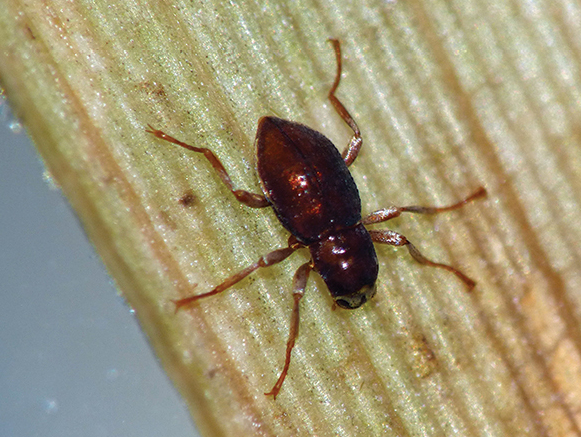
Echinoderms
- 1 new asteroid: Astrolirus patricki;
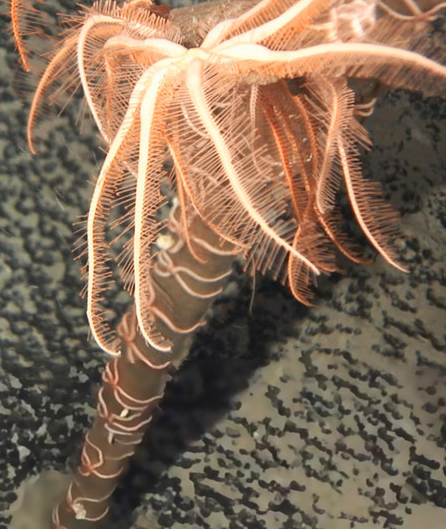
Tunicates
- 1 new species: Ciona intermedia;
Actinopterygians
- 2 new characiforms: Characidium chancoense; Hyphessobrycon zoe;
- 2 new cypriniforms: Sarcocheilichthys vittatus; Nemacheilus zonatus;
- 1 new cyprinodontiform: Limia mandibularis;
- 3 new perciforms: Sphyraena stellata; Plectranthias purpuralepis; Epinephelus tankahkeei;
- 1 new pomacentrid: Chromis mamatapara;
- 2 new siluriforms: Rhadinoloricaria stewarti; Acanthobunocephalus scruggsi;
- 1 new syngnathiform: Hippocampus nalu;

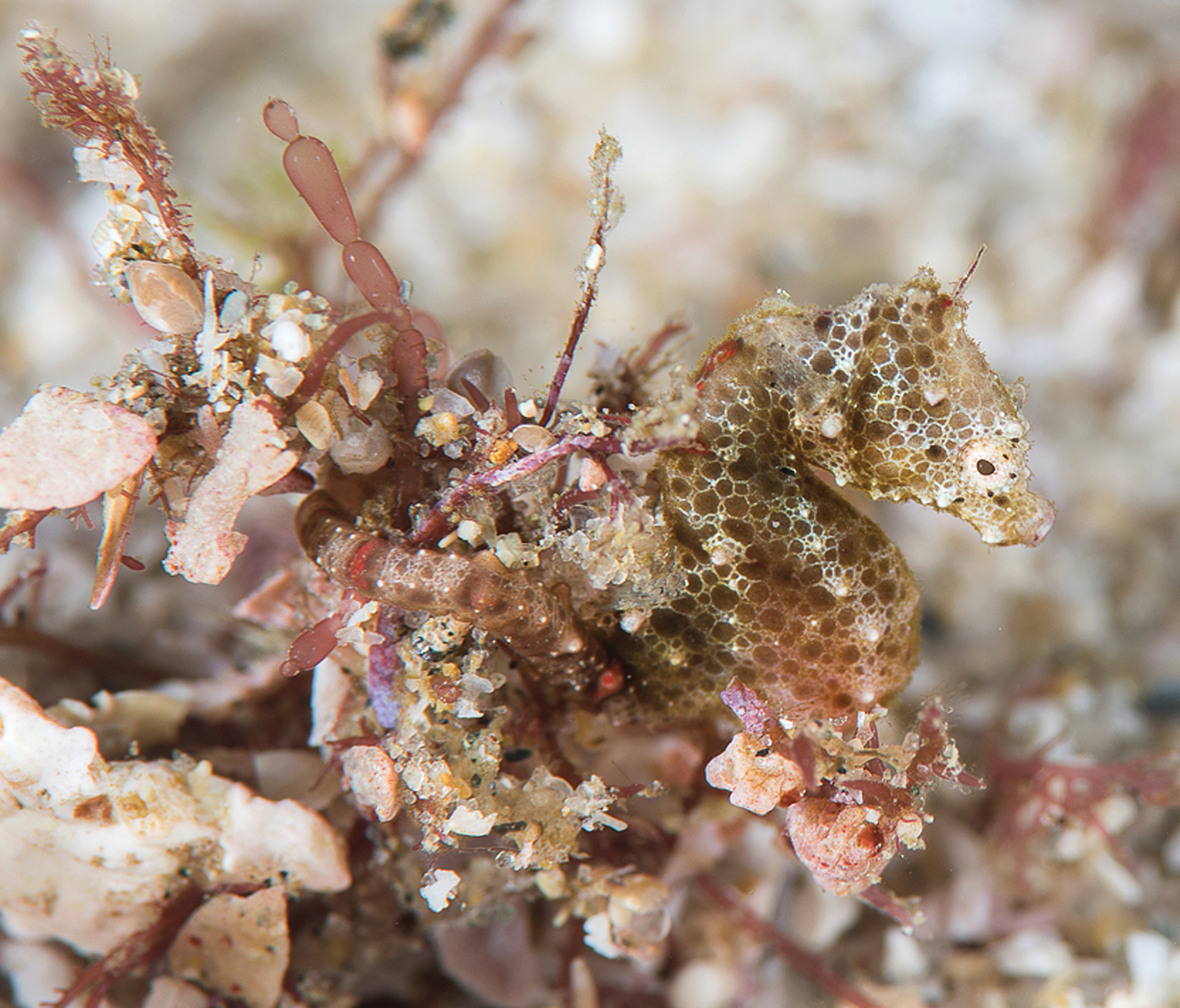
Amphibians
- 8 new anurans: Leptodactylus spp.; Elachistocleis araios; Gracixalus trieng; Stumpffia froschaueri; Leptobrachium lunatum; Mantidactylus radaka;
- 7 new caudates: Tylototriton pasmansi, Tylototriton sparreboomi; Chiropterotriton casasi, C. ceronorum, C. melipona., C. perotensis, C. totonacus;
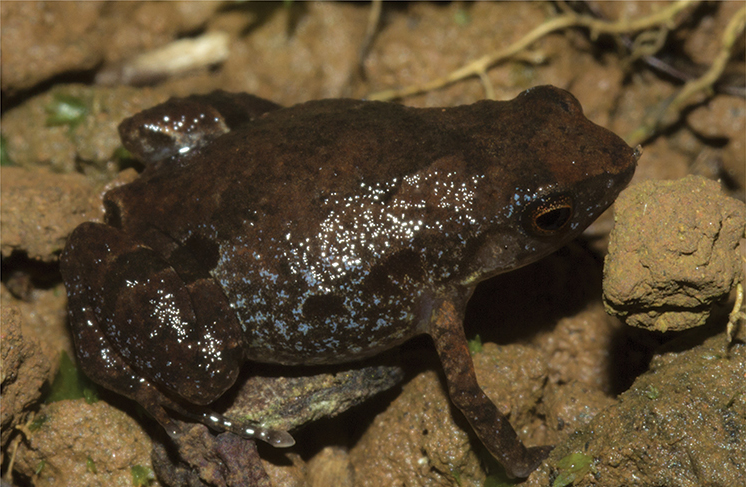

Reptiles
- 15 new squamates: Eremias fahimii; Goniurosaurus kwanghua; Suta gaikhorstorum; Uma thurmanae; Rhinophis melanoleucus; Panaspis annettesabinae; Lobulia sabini; Oedura nesos; Microgecko tanishpaensis; Eremias kakari; Cnemaspis lineatubercularis; Cnemaspis bangara, C. graniticola, C. yelagiriensis; Acanthosaura aurantiacrista;
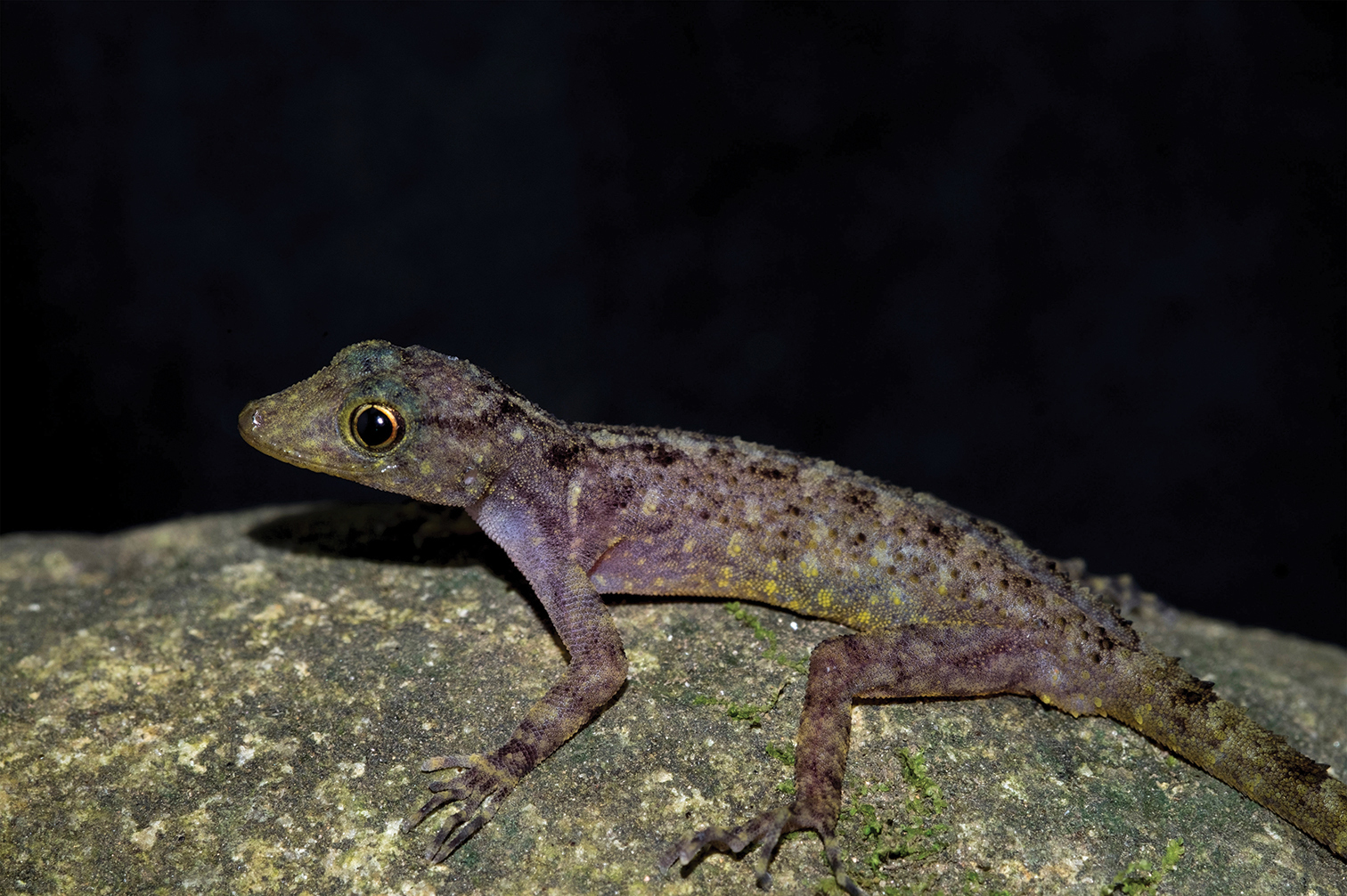

Mammals
- 1 new eulipotyphlan: Notiosorex tataticuli;
- 4 new rodents: Ctenomys bidaui, Ctenomys contrerasi, Ctenomys thalesi; Niviventer fengi;
– – –
* This work is licensed under a Creative Commons Attribution 4.0 International License.
This work is licensed under a Creative Commons Attribution 4.0 International License.

